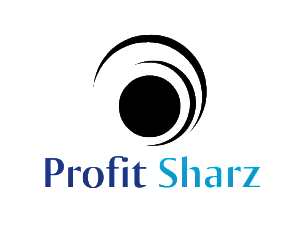The process called gain sharing has an 80 year history of improving organisational outcomes such as job security, positivity, incomes and sustainability.
In brief terms, gain sharing is an agreement that if all parties can find various ways to improve the work place and key outcomes such as revenue, costs, sustainability, customer outcomes etc, then the improvements in revenue will be shared between the organisation and its staff.
Studies show that gain sharing works in 60-80% of cases. It works for the simple reason that it gives people an additional monetary return on their effort. Owners and managers are obviously at least partly motivated by the same monetary return. Obviously, any such returns are in addition to all normal wages and bonus or both. It’s also in addition to, and outside of, any collective agreement you may have.
Essentially, it’s a type of group bonus if certain targets are met. The nature of the targets and how they are met is decided by staff. Each individual gets a payout, usually in equal amounts.
Gain sharing is used in both the private and public sector.
It’s different from profit sharing because the process does not use conventional measures of accounting profit. Gain sharing is based on sharing improved revenue if agreed benchmarks are reached. As a result, it cannot be fudged the ways accounting profit can be manipulated.
Here’s a simple outline of how to do one for your work place. It’s written so you can either implement it yourself, or engage others to help depending on the time and budget you have available. The steps I’ll work through also give you more sense of what gain sharing is, and how it works.
Step 1. Have discussions at the workplace among individuals or groups to let people know your intentions, and to seek a willingness to give it a try. This can be initiated by either management, or groups of individual staff. (Whether or not any relevant Union participates is dependent on the Union and the players at the relevant Organisation).
Step 2. In the discussions, show people what could be achieved if revenue, costs, sustainability or other outcomes were achieved. Our so-called “Profit Calculator” may be useful to you here. Depending on your situation, some professional facilitation of the discussion/s may be helpful.
Step 3. Negotiate a gain sharing agreement on the key outcomes. Essentially, the key factors are where you are now, where you want to get to (targets), and how you’ll measure and share the additional revenue and non-labour cost savings that are created. The process is on the basis there will be no job loss. It’s about increasing productivity and expanding revenue.
Step 4. Depending on your size, staff then meet in appropriate groups to work on ways to attain the key targets you have set. In this modern era, the discussions and collaboration can be online or offline, or both.
Step 5. Ongoing organisational performance is tracked against the measures and targets you have set. Where targets are met, revenue is shared between staff and management. A reserve is put aside for things like re-investment (or sharing) in months when targets may not be met.
Step 6. Targets can include qualitative measures such as customer satisfaction, whether the “customers” be students, patients, clients, spectators, buyers or whatever. Payouts are then conditional on also achieving that qualitative target.
Step 7. Ongoingly communicate ideas, results, payouts and all other relevant material. Social networks work well for this process, such as Facebook or LinkedIn groups. Ideally, make the relevant data ongoingly available, and let all interested parties model scenarios of what might be possible. Again, our “Profit Calculator” is one way to do this, but there’s also other simple ways you can do it.
Step 8. An agreement is usually implemented over several years. However, remain flexible and negotiate as appropriate. The objective is to improve things, as well as to give people some monetary and psychic return from the process and the improvements.
At no charge, we’re happy to discuss these matters with you, and provide you with some relevant materials and processes, or both. If and when our time commitment reaches a point where fees would be necessary for any future work, we’ll discuss it with you and you can decide if you want to do more.
